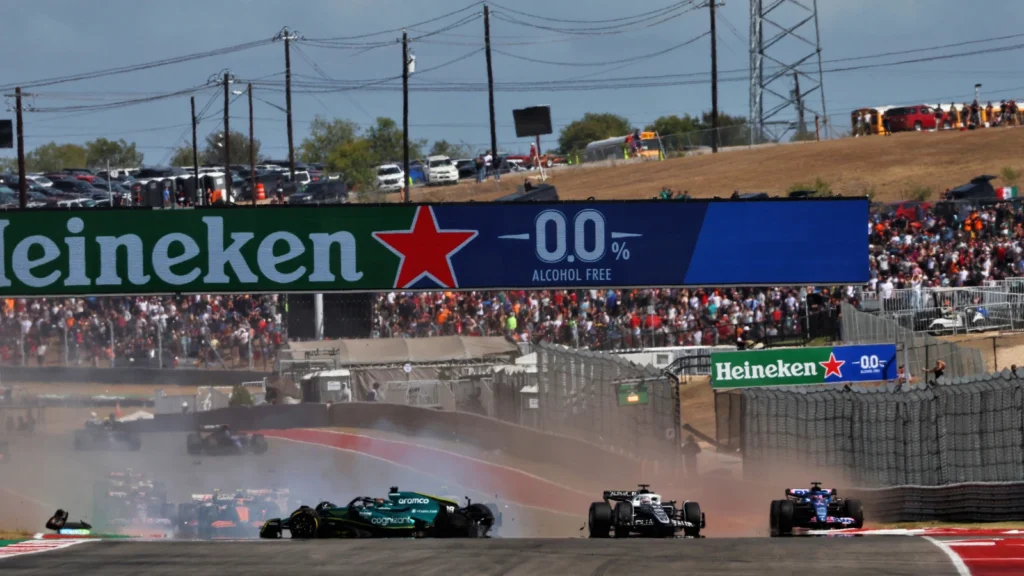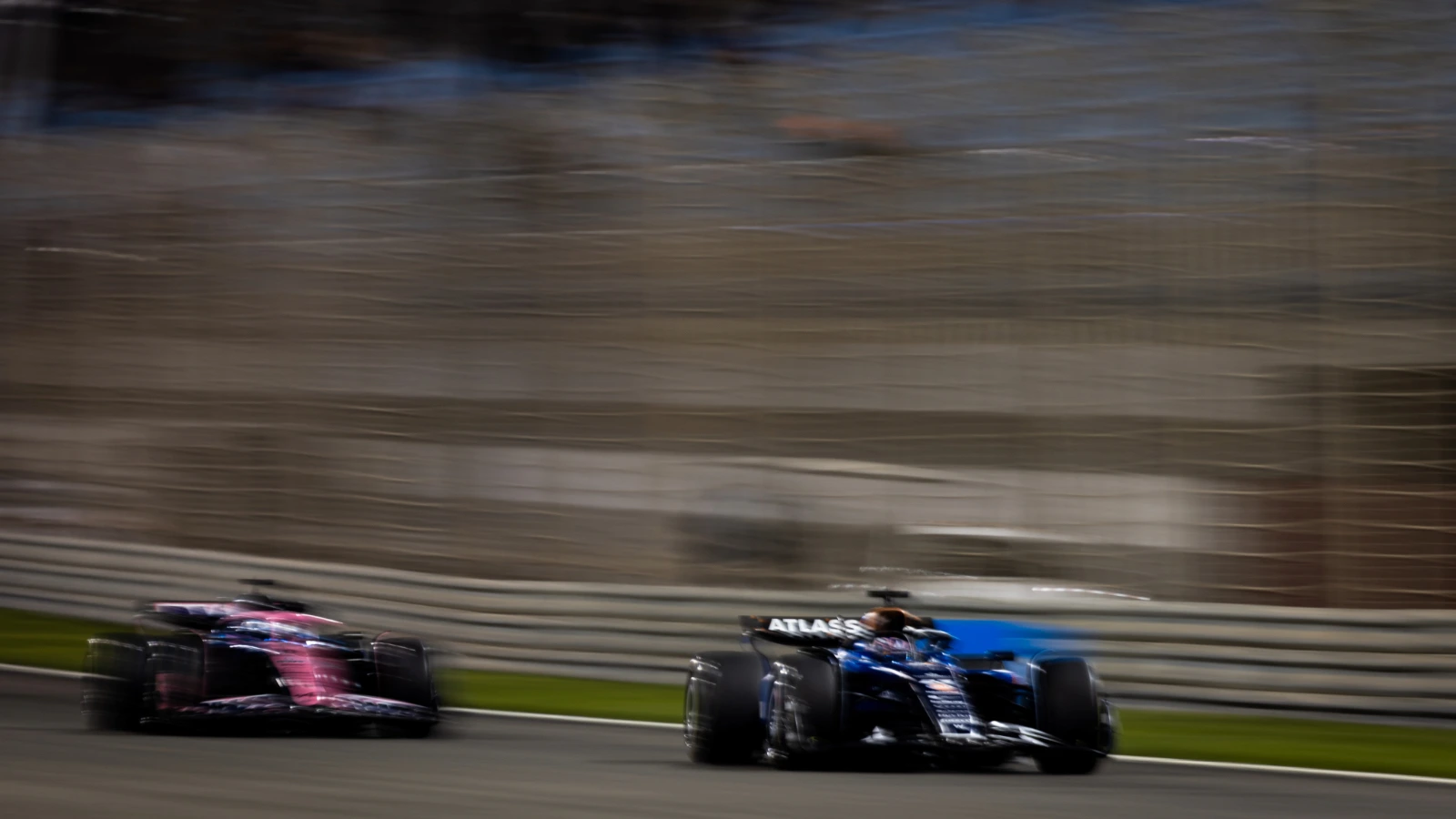The FIA has rewritten parts of its sporting rules to prevent loopholes exploited by Formula 1 teams in regard to cars that start from the pits and attempt to continue after incidents.
Ahead of the new F1 season, the sport’s governing body has made the decision to alter areas of the rules to prevent teams aiming to gain advantages under specific contexts, the first notable change coming in Article 43.8.
Motorsport.com has reported that this article now states that “all cars starting from the pitlane able to do so must leave the pitlane and join the formation lap”.
This now renders the formation lap a compulsory one, with cars that are opting to start from just before the pit exit line enforced to complete the formation lap first, rather than drive out of the garage in time with the grid lining-up in their respective slots.
Cars that opt to start from the pits must do so in qualifying order, but will be ordered to join the back of a queue if they form after the five-minute pre-race signal.
The previous wording of the article says that those starting in the pitlane were able to join an additional formation lap or laps behind the Safety Car [under necessitating circumstances], but if several cars were in this particular situation, it was possible that some could opt out of this, gaining positions when others would enter the pitlane for the start.
Rewording now prevents this, the first of three loopholes.
The second was that, if the race start was aborted and required a second formation lap, cars that started from the pits would emerge from its garage, in effect, having done one lap less than all regular starters, thus giving them a fuel advantage, which could prove crucial in the closing stages of a Grand Prix.
The third loophole centred around the scenario of a race starting under the Safety Car conditions due to extreme wet weather.
Those starting in the pits would have had the luxury of waiting one lap on a different compound if the track was drying, giving them an advantage once on-track as those starting on the circuit would then box to change to the more suitable compound.

Further FIA rewording prevents damaged car loophole
The second part of the sporting rules that has been reworded by the FIA is Article 26.10, giving F1 Race Director Rui Marques the power of imposing a damaged car stop on-track if it is damaged in such a way that it might cause detriment to another car if it decides to drive back to the pits.
The rewrite now reads: “Any driver whose car has significant and obvious damage to a structural component which results in it being in a condition presenting an immediate risk of endangering the driver or others, or whose car has a significant failure or fault which means it cannot reasonably return to the pitlane without unnecessarily impeding another competitor or otherwise hindering the competition, must leave the track as soon as it is safe to do so.
“At the sole discretion of the race director, should a car be deemed to have such significant and obvious damage to a structural component, or such significant failure or fault, the competitor may be instructed that the car must leave the track as soon as it is safe to do so.”
This appears to suggest the FIA have rowed back on its previous change in 2022, in which it briefed officials to reduce usage of the black-and-orange flag, which is waved when a car is deemed damaged enough to potentially cause danger to others, requiring it to pit for repairs.
The change left a great proportion of the decisions in such scenarios in the hands of the teams concerned, leaving an obscurity in the interpretation of the rule, and teams protesting a lack of consistency when stewards did step in.
At the 2022 US Grand Prix, Haas protested the final result after both Sergio Perez and Fernando Alonso finished the race without penalty, despite both cars being damaged in separate incidents.
The Mexican’s front wing endplate fell off onto the circuit towards the end of the race, with Alonso’s Alpine shedding its right wing mirror after the Spaniard collided with Lance Stroll.
The American team voiced its objection after driver Kevin Magnussen was shown the black-and-orange flag on three occasions earlier that year, each one for damage that was similar to that on Perez’s Red Bull.
Rewording of the articles will surely give the FIA hope that potential ambiguity in its previous issuing will now eradicate any potential exploitation, thus ensuring any subsequent predicaments will be suppressed.
READ MORE – Toto Wolff: FIA should consider ‘context’ of F1 driver swearing









